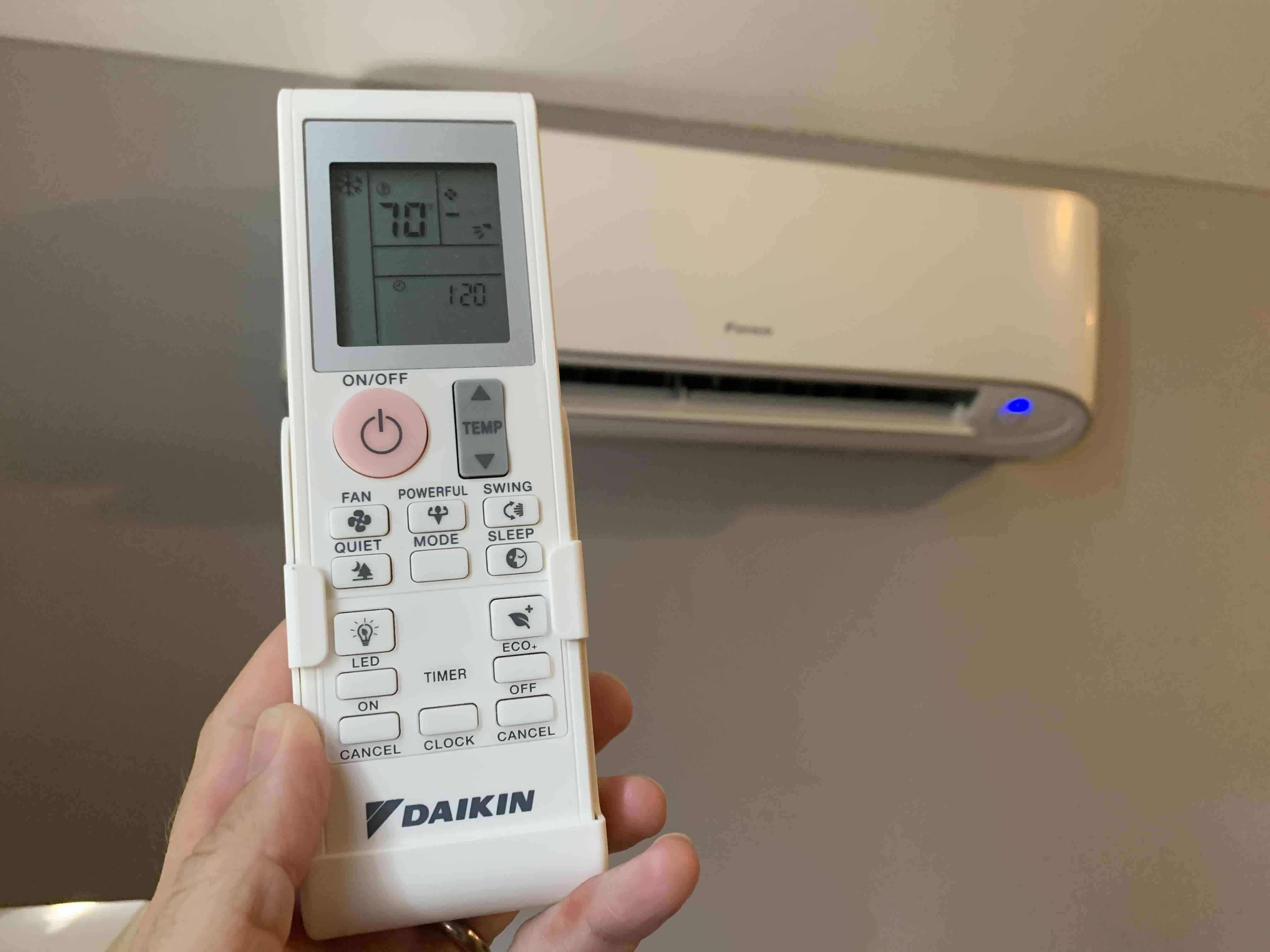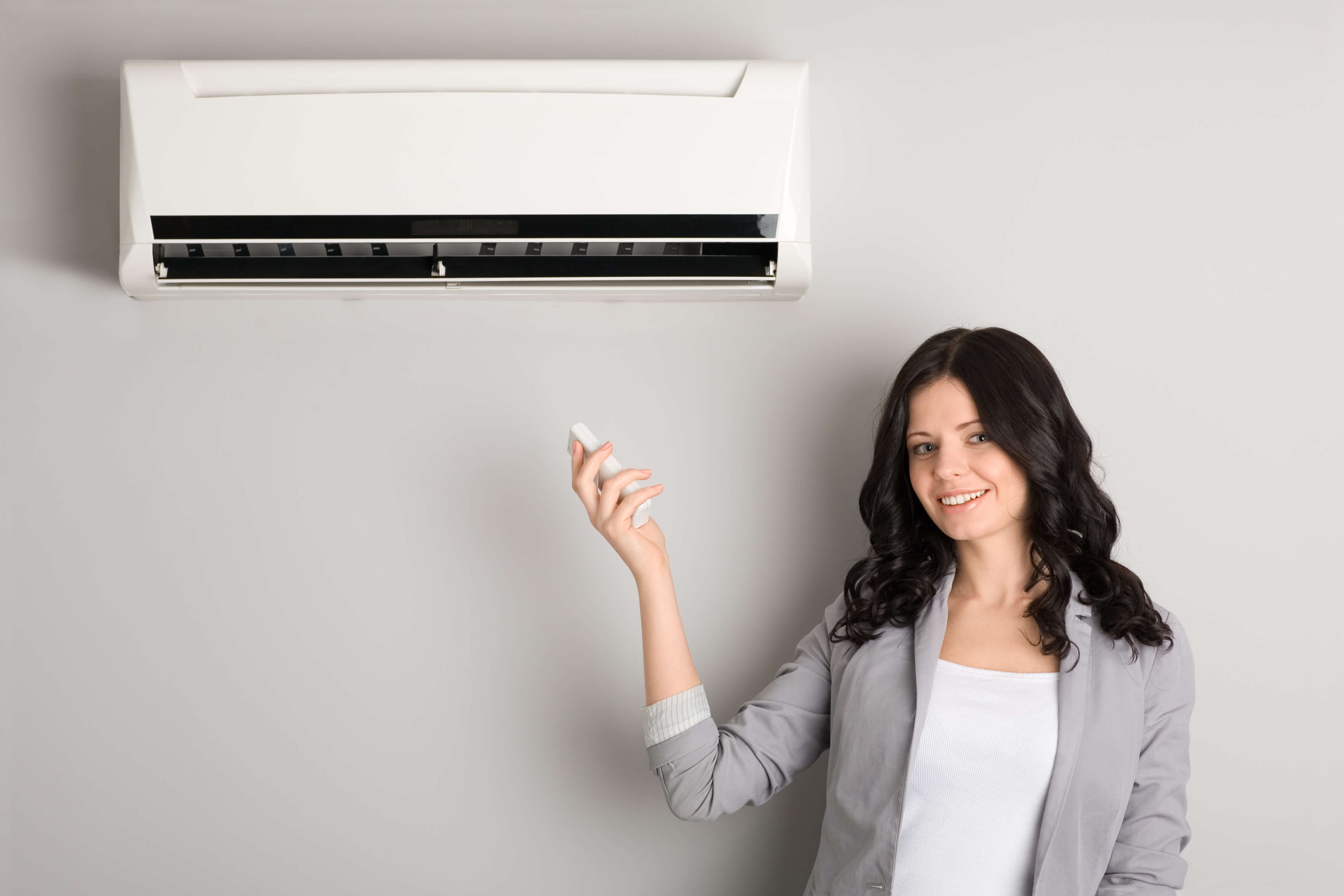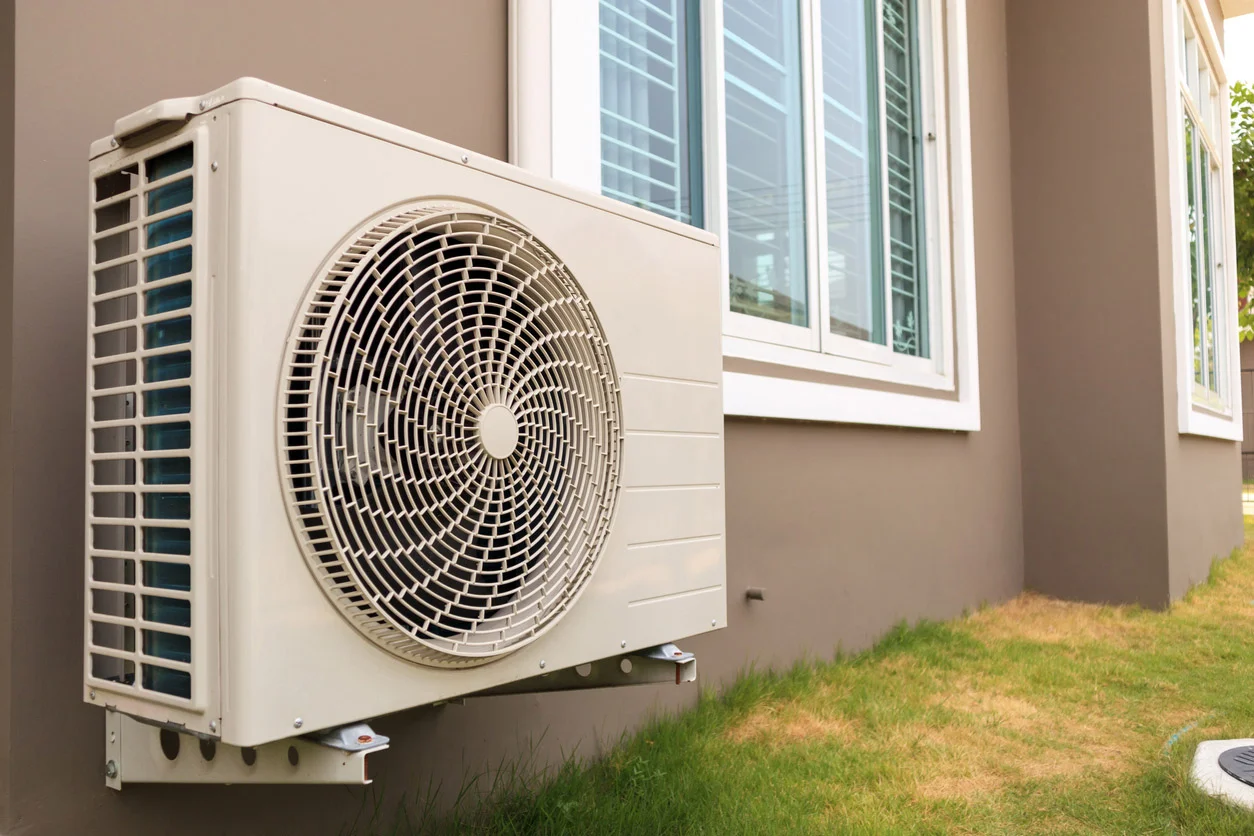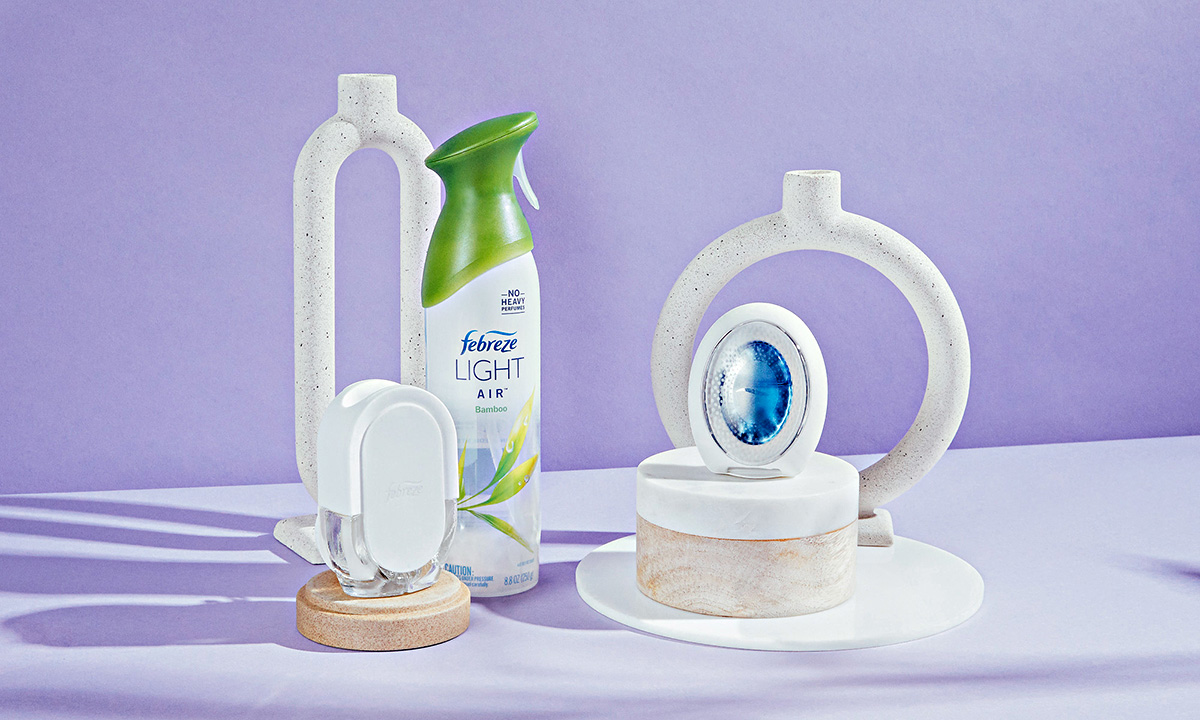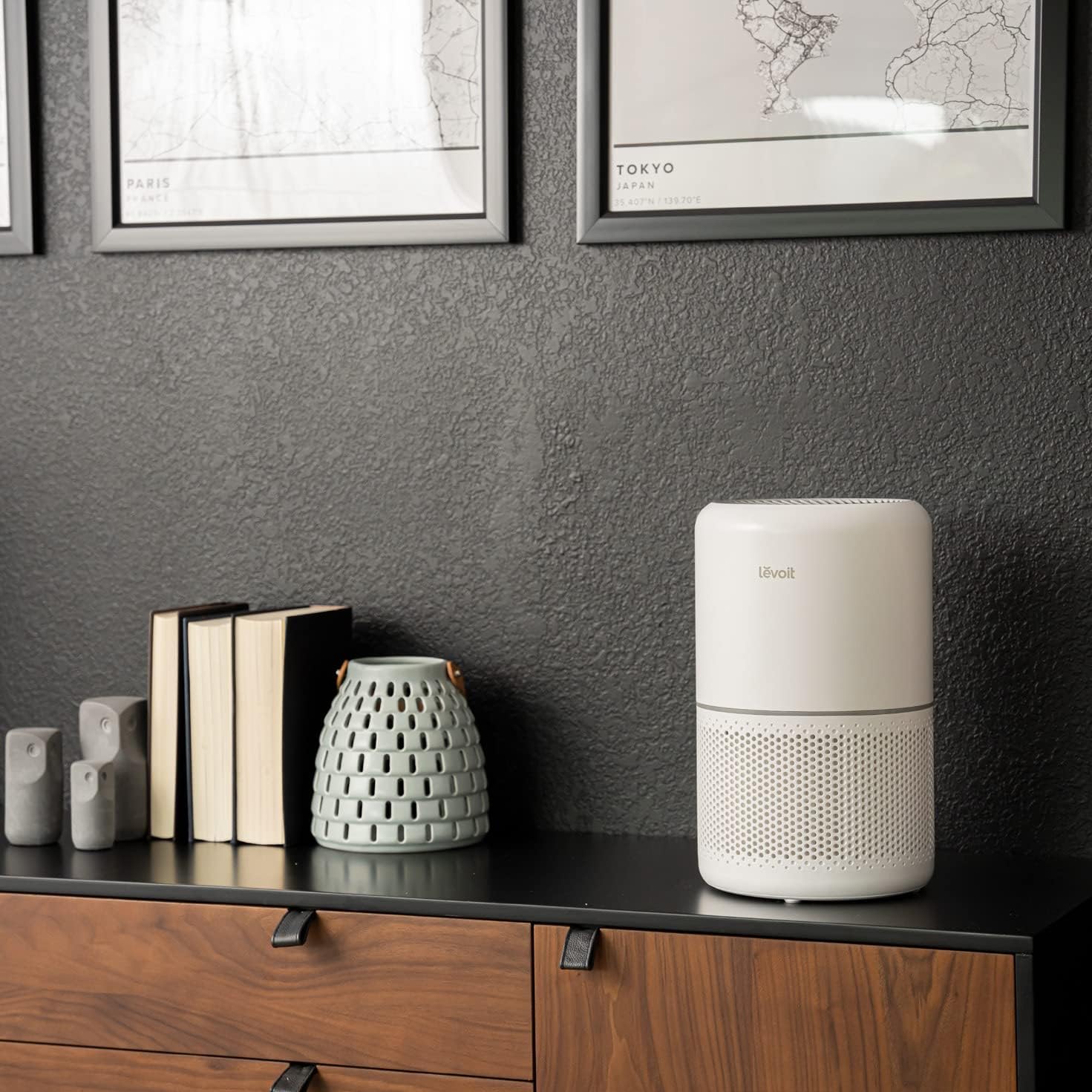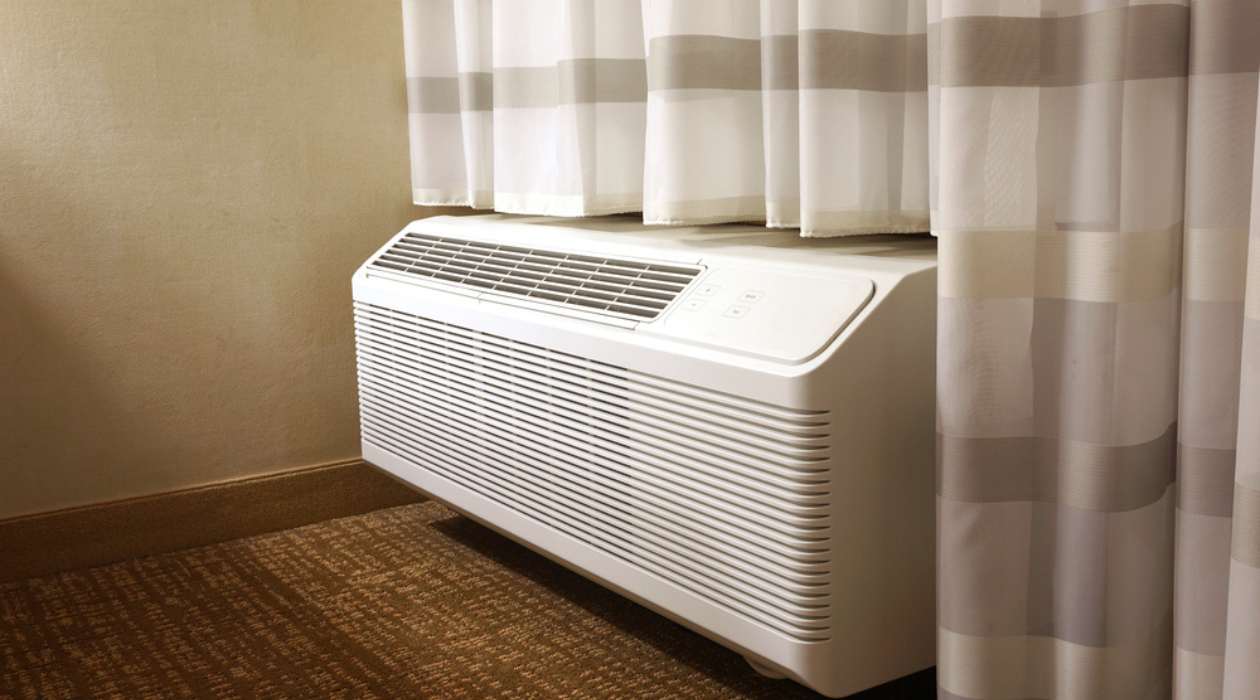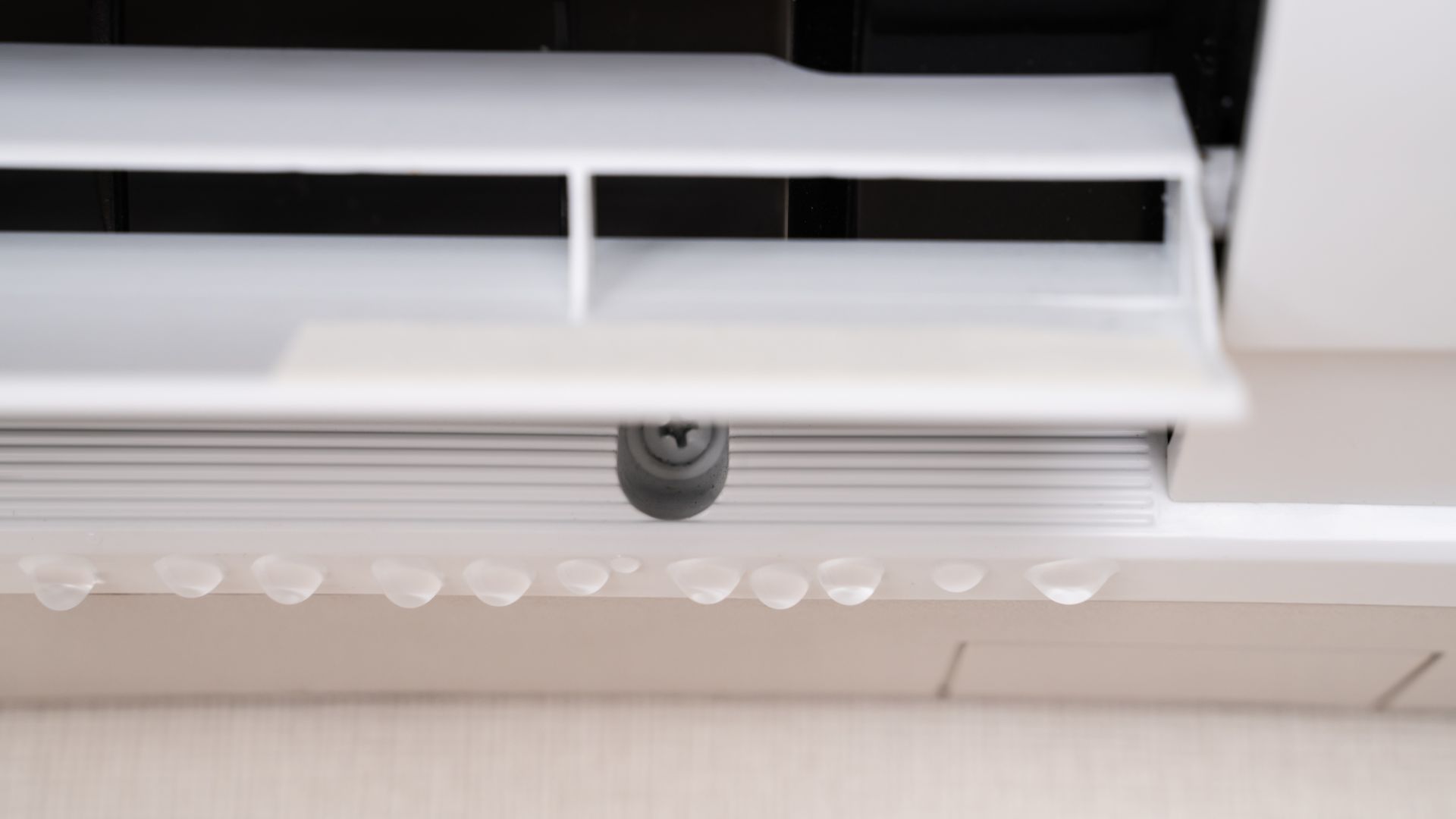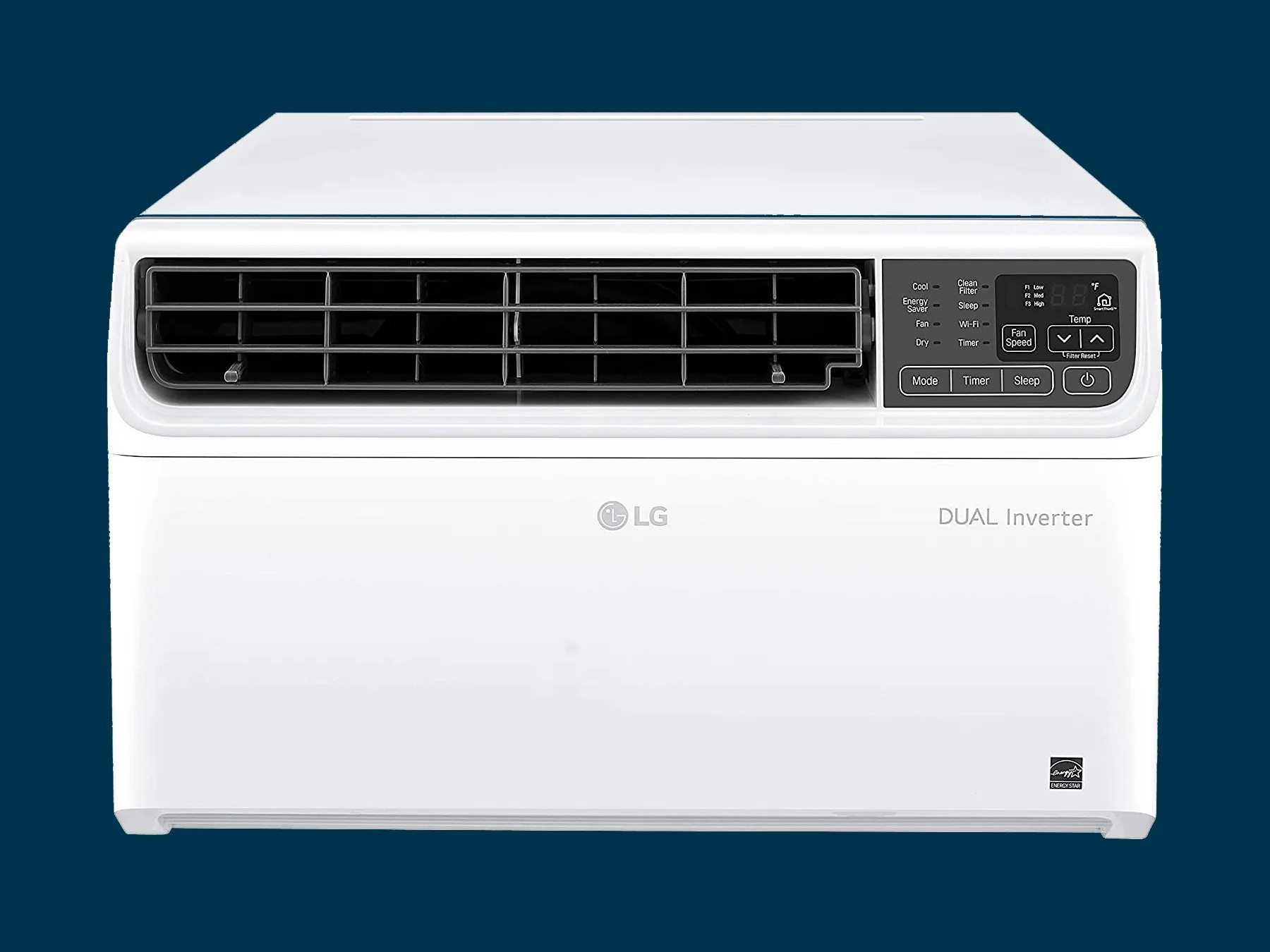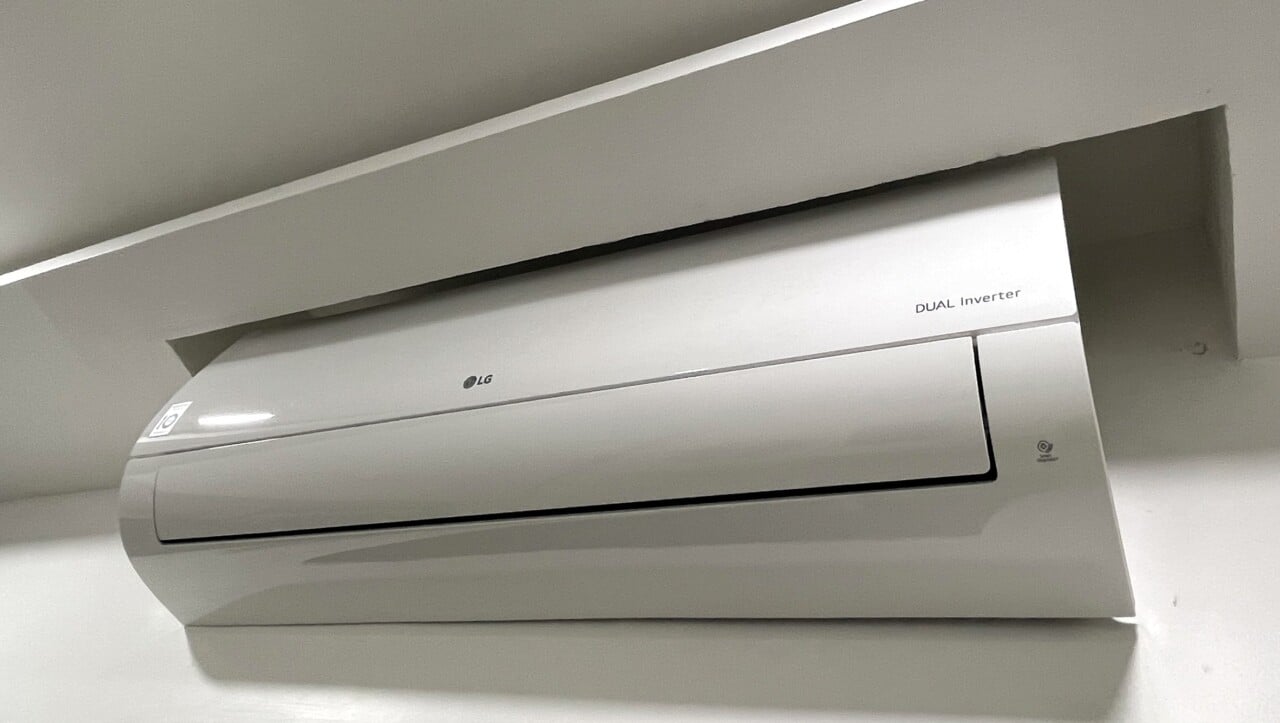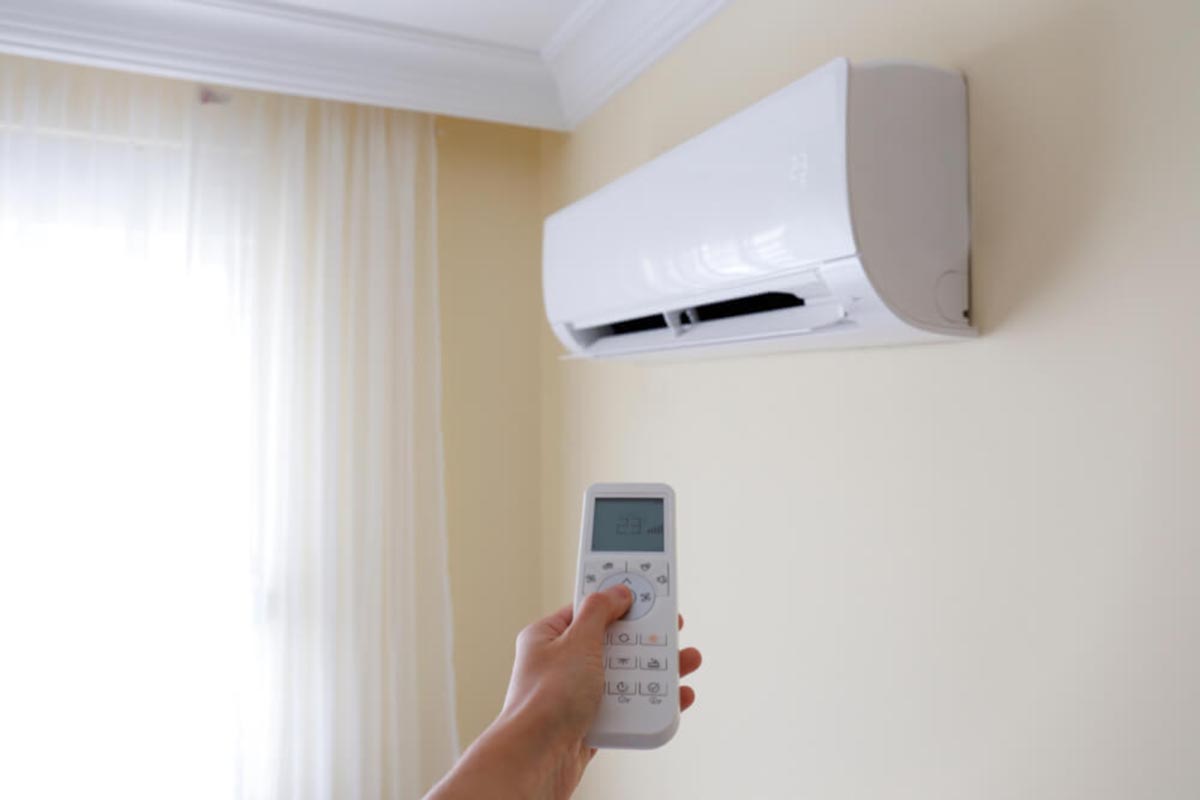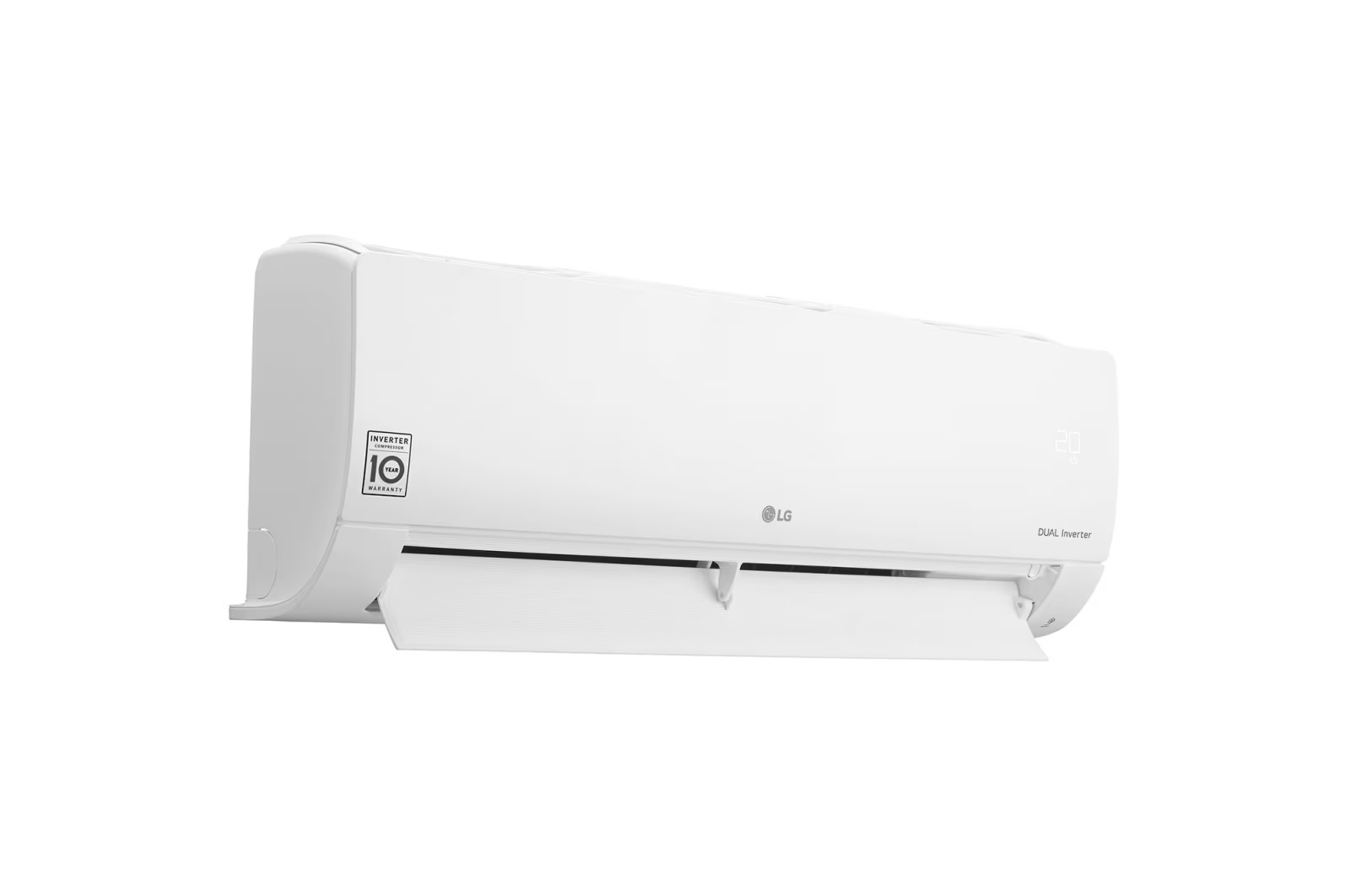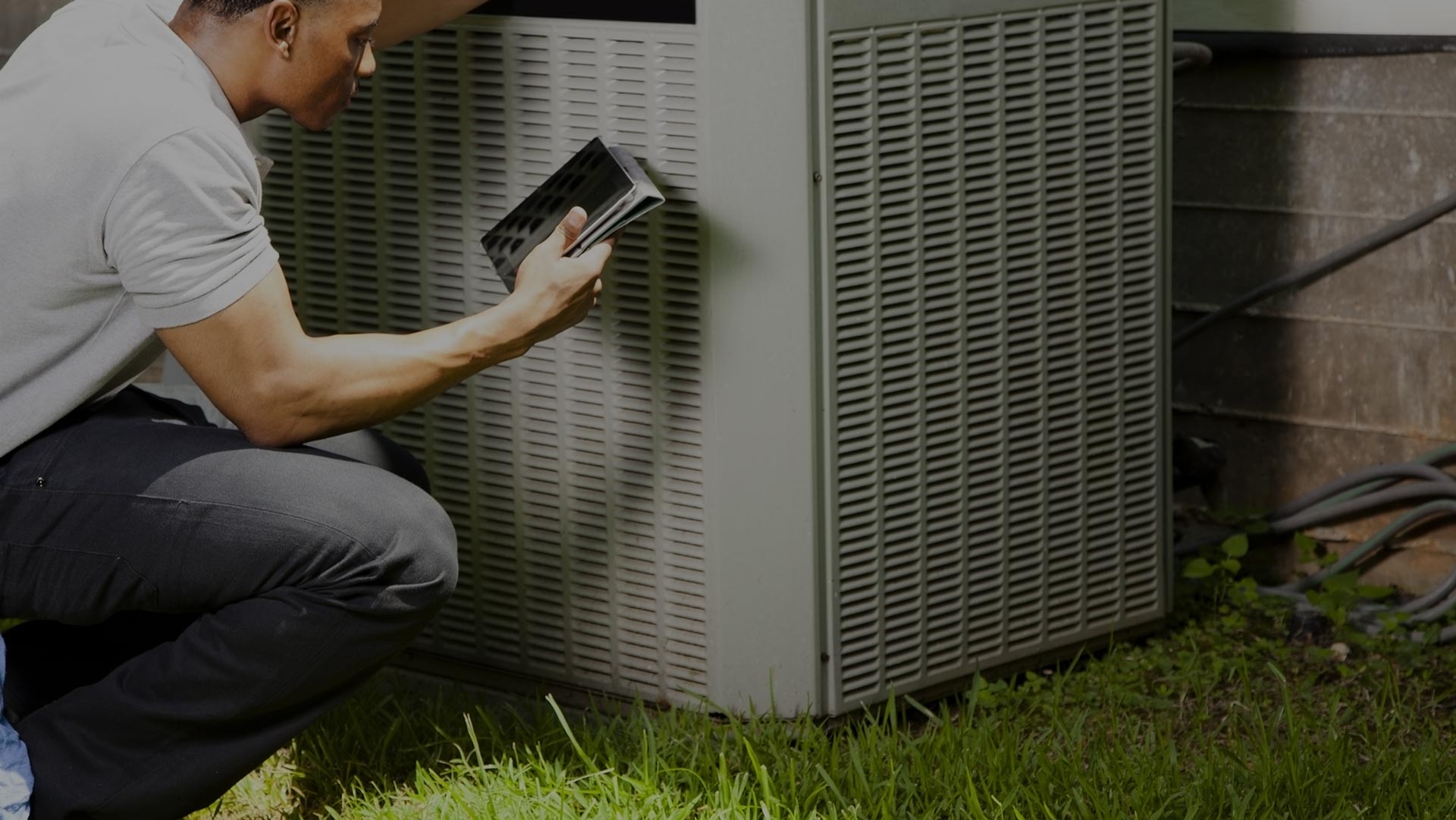Home>Home Maintenance>What Does An Air Conditioner Do?
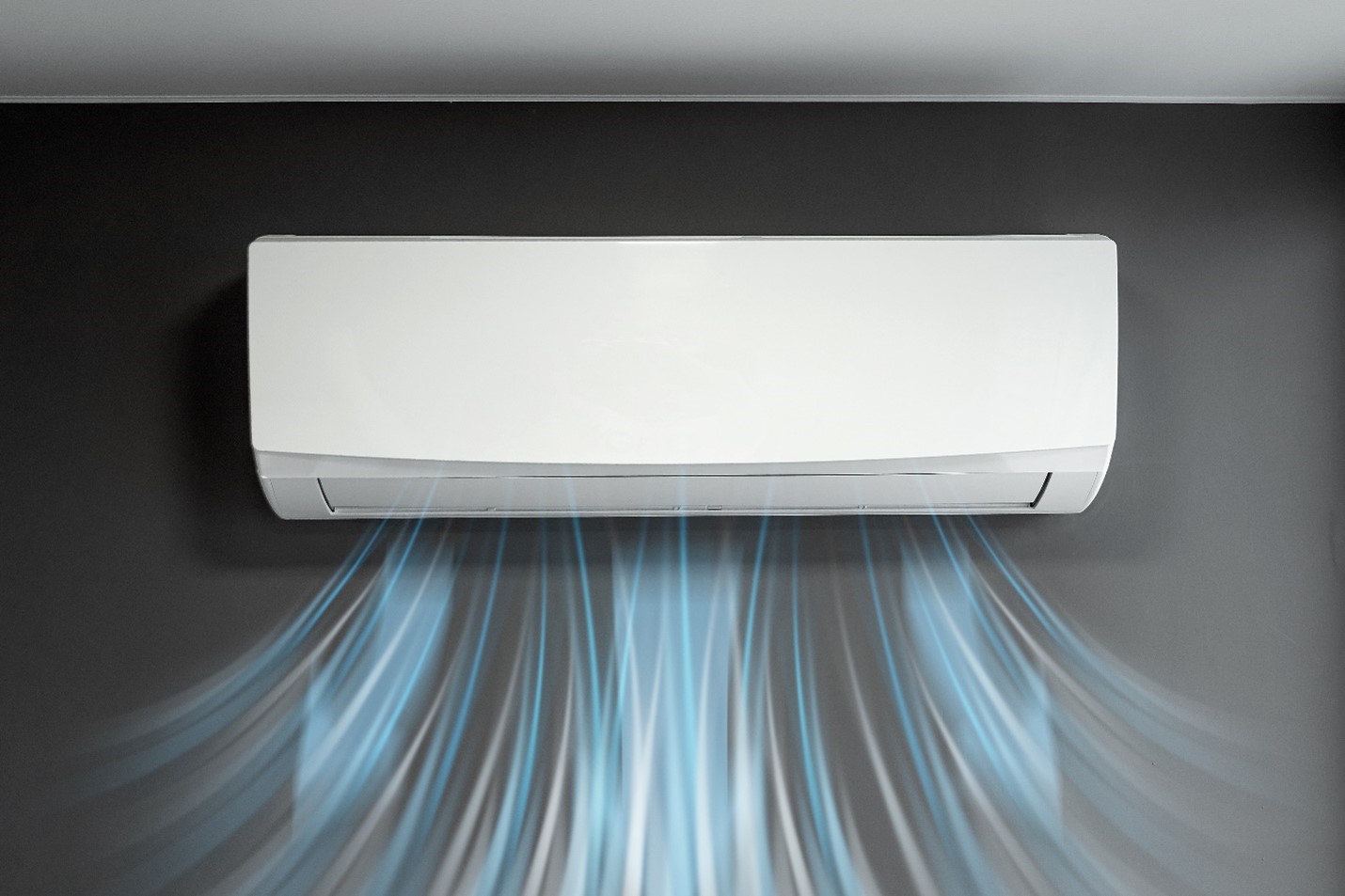

Home Maintenance
What Does An Air Conditioner Do?
Modified: March 7, 2024
Learn the importance of home maintenance and discover what an air conditioner does to keep your home cool and comfortable. Find out more now!
(Many of the links in this article redirect to a specific reviewed product. Your purchase of these products through affiliate links helps to generate commission for Storables.com, at no extra cost. Learn more)
Introduction
Welcome to our comprehensive guide on air conditioners! If you’ve ever wondered what an air conditioner does, how it works, and why it’s essential for maintaining a comfortable home, you’ve come to the right place. In this article, we’ll dive into the inner workings of air conditioners, explore their various components, and discuss the crucial functions they perform. By the end of this guide, you’ll have a solid understanding of how air conditioners contribute to a cool and comfortable indoor environment.
An air conditioner is a vital appliance for many homeowners, especially in regions with hot and humid climates. It not only cools the air but also helps to remove excess moisture and improve air quality. Understanding the basic functionality of an air conditioner will not only allow you to make informed decisions when it comes to purchasing and maintaining one but also enable you to troubleshoot common issues that may arise.
Whether you’re a homeowner looking to upgrade your air conditioning system or simply curious about how it works, this article will provide you with the information you need. So, let’s get started and unlock the secrets of air conditioners!
Key Takeaways:
- Air conditioners cool, dehumidify, and filter indoor air, creating a comfortable and healthy environment. Understanding their components and functions helps homeowners make informed decisions for optimal home comfort.
- Air conditioners work by extracting heat, removing moisture, and improving air quality. Regular maintenance ensures efficient performance, contributing to a cool and pleasant indoor space.
Read more: What Does An Air Conditioner Compressor Do
How Does an Air Conditioner Work?
Understanding how an air conditioner works is the key to grasping its importance and functionality in maintaining a comfortable indoor environment. At its core, an air conditioner works by extracting heat from the inside of a room and transferring it outside, thereby cooling the air. This process involves a series of components and a refrigerant fluid that runs through them.
The main components of an air conditioner are the evaporator, condenser, compressor, and expansion valve. These components work together to facilitate the heat transfer process and create a cool and pleasant indoor climate.
The process begins with the evaporator, which is typically located inside the house. The evaporator consists of a coil and a fan. The fan draws warm air from the room through the coil, where it comes in contact with the chilled refrigerant. As the air passes through the evaporator coil, the refrigerant absorbs the heat from the air, causing the air temperature to decrease.
Simultaneously, the refrigerant inside the evaporator evaporates into a gas state due to the heat absorption. This gas is then sent to the compressor, where it gets compressed and increases in temperature and pressure. The compressor plays a crucial role in the air conditioning process by pressurizing the refrigerant, thereby raising its temperature.
The high-pressure and high-temperature gas then flows to the condenser, typically located outside the house. The condenser consists of another coil and a fan similar to the evaporator. As the hot refrigerant gas passes through the condenser coil, the fan blows air over it, facilitating heat transfer to the outside environment. This process releases the heat energy picked up from the indoor air, thereby cooling the refrigerant gas and causing it to condense back into a liquid state.
Once the refrigerant has been condensed into a liquid, it flows through the expansion valve. The expansion valve is responsible for controlling the flow of the liquid refrigerant into the evaporator. As the liquid refrigerant passes through the expansion valve, its pressure decreases, causing it to expand rapidly. This expansion results in a drop in temperature, making the refrigerant very cold as it enters the evaporator, ready to absorb more heat from the room.
The cycle continues as long as the air conditioner is operating, with the warm air from the room being drawn in, cooled, and circulated back into the living space. This continuous process ensures that the room is kept at a comfortable and cool temperature, even amidst hot and humid conditions.
Now that you have a basic understanding of how an air conditioner works, let’s delve further into each component’s role to gain a more comprehensive understanding.
Components of an Air Conditioner
An air conditioner comprises several essential components that work in tandem to provide effective cooling. Each component plays a specific role in the cooling process, allowing the system to function optimally. Let’s explore the key components of an air conditioner:
- Evaporator: The evaporator is located inside the house and is responsible for cooling the air. It consists of a coil and a fan. As warm air from the room passes through the evaporator coil, the refrigerant inside absorbs the heat from the air, causing the air temperature to decrease.
- Condenser: The condenser is typically located outside the house and is responsible for releasing the heat absorbed from the indoor air. It also consists of a coil and a fan. The hot refrigerant gas from the compressor flows through the condenser coil, where the fan blows air over it, facilitating heat transfer to the outside environment.
- Compressor: The compressor is often referred to as the “heart” of the air conditioner. It plays a vital role in the cooling process by pressurizing the refrigerant gas, increasing its temperature in the process. This high-pressure and high-temperature gas then flows to the condenser for heat dissipation.
- Expansion Valve: The expansion valve regulates the flow of the refrigerant from the condenser to the evaporator. It is responsible for reducing the pressure and temperature of the refrigerant. As the liquid refrigerant passes through the expansion valve, it undergoes a rapid expansion, resulting in a drop in temperature.
- Refrigerant: The refrigerant is a special fluid that circulates throughout the air conditioning system, absorbing and releasing heat at specific points. It undergoes phase changes from a gas to a liquid and back to a gas as it passes through the different components.
- Air Filters: Air filters are crucial components that help in maintaining indoor air quality. They trap dust, allergens, and other airborne particles, preventing them from circulating in the air. Regularly cleaning or replacing air filters is essential for optimal cooling and clean indoor air.
- Thermostat: The thermostat is the control center of the air conditioner. It senses the temperature in the room and signals the system to start or stop cooling based on the desired temperature set by the user.
- Ducts: Ducts are used to distribute the cooled air throughout the house. They carry the conditioned air from the air handler unit to different rooms, ensuring consistent cooling throughout the living space.
- Air Handler Unit: The air handler unit houses the evaporator coil, blower fan, and other components. It is responsible for circulating the cooled air into the ducts, supplying it to the various rooms in the house.
These are the primary components of an air conditioning system. Each component, working in sync with the others, ensures effective and efficient cooling, providing comfort and a pleasant indoor environment. Now that we have explored the components, let’s understand the specific roles of the evaporator, condenser, compressor, and expansion valve in the cooling process.
The Role of the Evaporator
The evaporator is a crucial component of an air conditioner that is responsible for cooling the air. It is typically located inside the house, and its primary function is to extract heat from the indoor air, resulting in a decrease in temperature. Let’s explore the role of the evaporator in more detail:
The evaporator consists of a coil and a fan. The coil contains a refrigerant, which is a special fluid that has the ability to absorb and release heat. As warm air from the room is drawn into the air conditioner, it passes over the evaporator coil. The refrigerant inside the coil absorbs the heat from the air, causing the temperature of the air to drop.
When the warm air comes into contact with the cold surface of the evaporator coil, the heat energy from the air transfers to the refrigerant. This transfer of heat causes the refrigerant to change from a liquid state to a gas state. The refrigerant evaporates, taking in the heat from the room and becoming cold in the process.
As the refrigerant absorbs heat and evaporates, the fan inside the evaporator blows air over the cold evaporator coil. This air, now cooled by the evaporator coil, is then circulated back into the room, creating a comfortable and cooler environment.
As the evaporator continues to absorb heat from the air, the refrigerant gradually increases in temperature and changes back into a gas state. This warm gas is then sent to the compressor, where its temperature and pressure are further increased.
One important aspect of the evaporator’s role is that it also helps to remove moisture from the air. As warm air passes over the cold evaporator coil, the moisture in the air condenses on the surface of the coil. This condensation collects in a drain pan and is then drained away, effectively reducing the humidity level in the room.
The evaporator plays a vital role in the air conditioning process by extracting heat from the indoor air and cooling it down. It forms the foundation for creating a comfortable and pleasant indoor environment. Without the evaporator, the air conditioning system would not be able to cool the air effectively.
Now that we understand the role of the evaporator, let’s move on to explore the role of another important component of an air conditioner – the condenser.
The Role of the Condenser
The condenser is a vital component of an air conditioning system that plays a crucial role in the cooling process. It works in conjunction with other components to release the heat absorbed from the indoor air and maintain the efficiency of the system. Let’s explore the role of the condenser in more detail:
The condenser is typically located outside the house, and it consists of a coil and a fan. Its primary function is to transfer the heat energy absorbed by the refrigerant in the evaporator to the outdoor environment. Here’s how the condenser accomplishes this:
Once the refrigerant gas, which has been pressurized and heated by the compressor, enters the condenser coil, the fan blows air over the coil, facilitating the release of heat. As the hot refrigerant gas flows through the condenser coil, it loses its heat energy to the cooler air circulated by the fan.
During this process, the refrigerant undergoes a phase change from a gas to a liquid state. The exchange of heat causes the refrigerant to condense, releasing the heat energy picked up from the indoor air into the atmosphere. As a result, the refrigerant temperature decreases, returning to its liquid state.
The condenser effectively dissipates the heat energy transferred from the indoor air, ensuring that the refrigerant is ready to absorb more heat as it cycles back to the evaporator. It acts as a heat exchanger, enabling the cooling process to continue and maintaining the efficiency of the air conditioning system.
In addition to releasing heat, the condenser is responsible for maintaining adequate airflow for optimal heat exchange to occur. The fan blows air over the condenser coil, enhancing the cooling effect and ensuring efficient heat dissipation.
Proper maintenance of the condenser is crucial to its performance and longevity. Over time, the condenser coil may accumulate dust, dirt, and debris, inhibiting airflow and hampering heat exchange. Regular cleaning and maintenance ensure that the condenser operates at peak efficiency, maintaining optimal cooling performance.
By understanding the role of the condenser, you can appreciate the importance it plays in the air conditioning process. It collaborates with other components to release heat energy and maintain a comfortable indoor environment. Now let’s move on to explore the role of the compressor in more detail.
The Role of the Compressor
The compressor is often referred to as the “heart” of an air conditioning system. It plays a crucial role in the cooling process by pressurizing the refrigerant gas, increasing its temperature, and facilitating the transfer of heat. Let’s delve into the role of the compressor in more detail:
When the refrigerant gas, which has absorbed heat from the indoor air, exits the evaporator, it is in a low-pressure, low-temperature state. The compressor is responsible for increasing both the pressure and temperature of the refrigerant, preparing it for the heat exchange process in the condenser.
As the refrigerant enters the compressor, it passes through a series of mechanical components. These components compress the gas, reducing its volume and increasing its pressure. As the gas is compressed, the molecules become closer together, causing the temperature of the refrigerant to rise.
The compressor acts as a pump, pressurizing the refrigerant and propelling it through the air conditioning system. This high-pressure and high-temperature gas then flows to the condenser, where it can release the absorbed heat to the outdoor environment.
By increasing the pressure and temperature of the refrigerant, the compressor ensures that the process of heat transfer can occur efficiently in the condenser. It is essential for maintaining the proper circulation of the refrigerant and enabling the overall cooling process to take place.
The proper functioning of the compressor is crucial for the efficiency of the air conditioning system. If the compressor fails or is not working optimally, it can result in reduced cooling performance and even system failure. Regular maintenance, including cleaning and proper lubrication, is necessary to ensure the longevity and proper operation of the compressor.
Modern air conditioning systems often feature advanced compressor technology, such as variable-speed compressors or inverter compressors. These compressors can adjust their speed and output based on the cooling demands, resulting in increased energy efficiency and precise temperature control.
Understanding the role of the compressor not only enhances our knowledge of how an air conditioner works but also highlights its significance in maintaining a cool and comfortable indoor environment. Now, let’s explore the role of another important component, the expansion valve.
The Role of the Expansion Valve
The expansion valve is a vital component of an air conditioning system that plays a critical role in regulating the flow of refrigerant and facilitating the cooling process. Let’s explore the role of the expansion valve in more detail:
Located between the condenser and the evaporator, the expansion valve is responsible for controlling the flow of the high-pressure liquid refrigerant into the evaporator. It creates a pressure drop, allowing the refrigerant to expand rapidly, which has a significant impact on the cooling process.
As the high-pressure liquid refrigerant flows through the expansion valve, it undergoes a sudden drop in pressure. This drop in pressure causes the refrigerant to expand rapidly, resulting in a significant decrease in temperature. The rapid expansion and drop in temperature prepare the refrigerant to absorb heat from the indoor air in the evaporator.
By controlling the flow of the refrigerant, the expansion valve ensures that the refrigerant enters the evaporator at the right rate and pressure. This regulation is essential to create the ideal conditions for effective heat exchange and cooling.
The expansion valve also acts as a metering device, regulating the flow of refrigerant to match the cooling demands of the indoor space. By carefully controlling the flow rate, the expansion valve ensures that the cooling process is efficient and that the desired temperature is maintained.
Proper maintenance of the expansion valve is crucial to ensure its optimal functioning. It should be inspected regularly to ensure that it is clean, free from debris, and not clogged. Any issues or malfunctions with the expansion valve can impact the cooling performance of the air conditioning system.
It’s worth noting that there are different types of expansion valves used in air conditioning systems, including thermostatic expansion valves (TXV) and electronic expansion valves (EEV). These valves operate slightly differently but share the common goal of regulating the flow of refrigerant to optimize the cooling process.
Understanding the role of the expansion valve provides insight into the precise control and regulation involved in the cooling process of an air conditioner. It ensures that the refrigerant flow is properly managed, leading to efficient cooling and maintaining a comfortable indoor environment. Now that we have explored the roles of the key components of an air conditioner, let’s move on to discuss the functions of an air conditioner.
An air conditioner cools and dehumidifies the air in a room or building by removing heat and moisture, creating a more comfortable indoor environment. Regular maintenance, such as cleaning or replacing filters, can help keep your air conditioner running efficiently.
Functions of an Air Conditioner
An air conditioner serves several functions beyond just cooling the air. It plays a crucial role in maintaining a comfortable and pleasant indoor environment. Let’s explore the key functions of an air conditioner:
- Cooling the Air: The primary function of an air conditioner is to cool the air in a room. By extracting heat from the indoor air and transferring it outside, the air conditioner lowers the temperature, creating a comfortable and cool environment.
- Dehumidifying the Air: Air conditioners help to reduce humidity levels in the air. When warm air passes over the cold evaporator coil, the moisture in the air condenses on the coil and is collected in a drain pan. This process removes excess moisture from the air, reducing humidity and making the environment more comfortable.
- Filtering the Air: Air conditioners are equipped with air filters that help to improve indoor air quality. These filters trap dust, pollen, allergens, and other airborne particles, preventing them from circulating in the air. Regularly cleaning or replacing the filters ensures that the air conditioner continues to effectively filter the air, providing clean and fresh indoor air.
- Improving Indoor Air Quality: In addition to filtering the air, air conditioners also help to improve indoor air quality by removing odors, smoke, and other unpleasant smells from the room. The circulation of conditioned air helps to maintain a fresh and clean indoor environment.
- Enhancing Comfort: Air conditioners create a comfortable indoor environment by maintaining a consistent temperature, regardless of the outdoor conditions. They eliminate excessive heat, making the room more enjoyable and allowing occupants to relax and sleep better.
- Improving Sleep Quality: Proper temperature control provided by an air conditioner can significantly improve sleep quality. By creating a cool and comfortable sleeping environment, air conditioners help individuals to fall asleep faster, stay asleep longer, and experience a more restful sleep.
- Protection of Electronics and Furniture: Air conditioners help to protect electronic devices and furniture from excessive heat and humidity. By maintaining an optimal environment, air conditioners prevent damage to sensitive electronic equipment and help preserve the quality and longevity of furniture.
- Increased Productivity: Studies have shown that a comfortable and cool working environment can improve productivity and concentration. Air conditioners create a comfortable climate in offices and workspaces, allowing individuals to work efficiently and stay focused.
These functions highlight the importance of air conditioners for maintaining a comfortable and healthy indoor environment. Whether it’s cooling the air, reducing humidity levels, improving air quality, or creating a comfortable living or working space, air conditioners serve a variety of important functions. By understanding these functions, you can make informed decisions when it comes to selecting and using an air conditioning system in your home or office.
Now that we have explored the functions of an air conditioner, let’s summarize the key points discussed in this comprehensive guide.
Cooling the Air
Cooling the air is the primary function of an air conditioner and the reason why many homeowners rely on this appliance, especially in areas with hot and humid climates. Let’s explore the process of how an air conditioner effectively cools the air in a room:
1. Heat Extraction: The air conditioner works by extracting heat from the indoor air, creating a cooling effect. This process begins with the evaporator coil, located inside the unit. The refrigerant, a special fluid that easily changes from a gas to a liquid state, circulates through the evaporator coil.
2. Evaporator Coil: As warm air from the room is drawn into the air conditioner, it passes over the evaporator coil. The refrigerant inside the coil absorbs the heat from the air, causing the temperature of the air to drop. This absorption of heat causes the refrigerant to evaporate from a liquid into a gas state.
3. Heat Release: While the evaporator absorbs heat from the air, the refrigerant in gas form travels to the condenser unit, typically located outside the house. The condenser consists of another coil and a fan. As the refrigerant gas enters the condenser coil, the fan blows air over it, facilitating heat transfer to the outdoor environment.
4. Phase Change: As the refrigerant releases heat to the outside air, it undergoes a phase change from a gas to a liquid state. This process is achieved by cooling the gas down and allowing it to condense. The condensation of the refrigerant releases the heat energy picked up from the indoor air.
5. Recycling: The now-cooled and liquid refrigerant flows back to the evaporator, where the process begins again. The cycle repeats as long as the air conditioner is operating, consistently extracting heat from the indoor air and cooling it down.
By continuously absorbing heat from the indoor air and releasing it to the outside, air conditioners effectively lower the temperature in a room. This creates a comfortable and cool environment, allowing occupants to escape from the heat and humidity, especially during the scorching summer months.
In addition to cooling the air, air conditioners also dehumidify the air during the cooling process. As warm air passes over the cold evaporator coil, moisture condenses on the coil, removing excess humidity from the room. This helps in alleviating the discomfort caused by high humidity levels and creates a more enjoyable indoor environment.
Overall, air conditioners play a crucial role in cooling the air and improving comfort levels inside homes, offices, and various indoor spaces. Understanding how air conditioners cool the air allows homeowners to make informed decisions when it comes to selecting, using, and maintaining their cooling systems.
Read more: What Does Eco Mode Do On An Air Conditioner
Dehumidifying the Air
Dehumidifying the air is an important function of an air conditioner, especially in areas with high humidity levels. While cooling the air, air conditioners also help to remove excess moisture from the indoor environment. Let’s explore how air conditioners effectively dehumidify the air:
1. Cooling Process: Air conditioners cool the air by passing it over the evaporator coil, which contains a cold refrigerant. As warm, humid air from the room comes into contact with the cold evaporator coil, the temperature of the air drops. The moisture in the air condenses on the coil’s surface, forming droplets of water.
2. Condensate Collection: The condensed moisture, known as condensate, collects in a drain pan or tray below the evaporator coil. The drain pan is designed to gather the condensate and prevent it from dripping into the living space. The collected water is then drained away through a drain pipe, either to a drainage system or outdoors.
3. Reduction of Humidity: By removing moisture from the air, air conditioners effectively lower the humidity level in the room. Excess humidity can cause discomfort, promote the growth of mold and mildew, and damage furniture and electronic devices. Dehumidifying the air helps to create a more comfortable indoor environment and prevents problems associated with excessive moisture.
Dehumidification is especially important in humid climates where the air can feel heavy and clammy. High humidity levels can make individuals feel uncomfortable and make it harder for sweat to evaporate, leading to a sticky and stuffy atmosphere. By reducing the humidity, air conditioners help in improving overall indoor air quality and providing a more pleasant living or working environment.
However, it’s worth noting that air conditioners primarily dehumidify the air within a certain range. If the humidity level is excessively high or there are specific humidity concerns, additional dehumidifiers may be required to maintain the desired humidity level.
Regular maintenance of the air conditioner is essential to ensure effective dehumidification. Proper cleaning and maintenance of the evaporator coil, drain pan, and drain pipe prevent the buildup of mold, algae, or clogs that can hinder the dehumidification process.
By dehumidifying the air, air conditioners not only provide cooling but also create a more comfortable and healthy indoor environment. This function is particularly beneficial for individuals with respiratory issues or allergies, as it helps to reduce mold growth and the presence of allergens in the air. Understanding how air conditioners dehumidify the air allows homeowners to fully appreciate the benefits of these devices in improving overall indoor comfort.
Filtering the Air
One of the crucial functions of an air conditioner is filtering the air, contributing to improved indoor air quality. Air filters are integrated into air conditioning systems to capture and remove airborne particles, including dust, pollen, pet dander, allergens, and other contaminants. Let’s explore how air conditioners effectively filter the air:
1. Air Filters: Air conditioners are equipped with air filters that act as a barrier, trapping particles as air flows through the system. These filters are typically made of materials like fiberglass, pleated paper, or electrostatic media, which are designed to capture different-sized particles.
2. Filtration Efficiency: The efficiency of air filters is measured by a rating called the Minimum Efficiency Reporting Value (MERV). This rating ranges from 1 to 16, with higher numbers indicating greater efficiency in capturing particles. Higher MERV-rated filters can capture smaller particles, providing better filtration.
3. Capturing Airborne Particles: As air circulates through the air conditioning system, it passes through the air filter. The filter’s fibers or media act as a physical barrier, capturing particles suspended in the air. These particles become trapped in the filter, preventing them from being recirculated back into the room.
4. Improving Indoor Air Quality: By filtering the air, air conditioners help to improve indoor air quality by reducing the presence of airborne contaminants. This is especially beneficial for individuals with allergies, asthma, or respiratory conditions, as it helps to alleviate symptoms and minimize exposure to allergens.
5. Regular Cleaning and Replacement: To maintain effective air filtration, it is important to clean or replace air filters regularly. Accumulated dirt and debris reduce the filter’s efficiency and restrict airflow, which can impact the overall performance of the air conditioner. The frequency of cleaning or replacement depends on factors like filter type, usage, and environmental conditions.
In addition to capturing airborne particles, some air filters also have additional features such as activated carbon layers or antimicrobial coatings. Activated carbon helps to absorb odors and remove volatile organic compounds (VOCs) from the air. Antimicrobial coatings prevent the growth of bacteria and mold on the filter surface.
It’s worth noting that while air conditioning filters are effective in capturing larger particles, such as dust and pollen, they may not capture ultrafine particles, including viruses and bacteria. However, advanced filters, such as High-Efficiency Particulate Air (HEPA) filters, are specifically designed to capture smaller particles, providing even better air filtration.
By filtering the air, air conditioners contribute to a cleaner and healthier indoor environment. Regular maintenance and proper cleaning or replacement of air filters ensure that the air conditioning system continues to effectively filter the air, providing improved indoor air quality for occupants.
Improving Indoor Air Quality
One of the significant benefits of an air conditioner is its ability to improve indoor air quality. By removing pollutants, controlling humidity levels, and enhancing ventilation, air conditioners play a vital role in creating a healthier and more comfortable indoor environment. Let’s explore how air conditioners contribute to improving indoor air quality:
1. Filtering Airborne Particles: Air conditioners are equipped with air filters that capture airborne particles such as dust, pollen, pet dander, and other allergens. These filters trap these particles, preventing them from circulating in the air and reducing exposure to potential irritants or allergens. Regular cleaning or replacement of filters ensures optimal filtration efficiency.
2. Controlling Humidity: Excessive humidity can promote the growth of mold, mildew, and dust mites, which can worsen allergies and respiratory issues. Air conditioners help to control and reduce humidity levels, especially in humid climates. The cooling process of air conditioners involves condensation, which removes excess moisture from the air, creating a more comfortable and drier indoor environment.
3. Ventilation and Fresh Air Intake: Many modern air conditioning systems support the integration of ventilation and fresh air intake. This allows for the exchange of stale indoor air with fresh outdoor air, improving indoor air quality. Ventilation helps to remove indoor pollutants, odors, and carbon dioxide buildup, ensuring a continuous supply of fresh, clean air.
4. Odor and Smoke Removal: Air conditioners help to remove odors and smoke particles from the indoor air. Some units are equipped with additional filtration layers, such as activated carbon filters, which absorb and neutralize odors, volatile organic compounds (VOCs), and other unwanted smells. This feature contributes to a more pleasant and fresh-smelling indoor environment.
5. Reduction of Airborne Contaminants: Air conditioners minimize the presence of airborne contaminants, including bacteria, viruses, and allergens. While air filters primarily capture larger particles, combined with proper ventilation, they can help reduce the spread of airborne microorganisms. Advanced air purification systems, such as UV filters or electronic air purifiers, can be integrated with air conditioning systems for enhanced air disinfection.
6. Allergy and Asthma Relief: Individuals with allergies and asthma often experience relief when in air-conditioned environments. The air conditioner’s filtration system helps to remove common allergens and irritants, reducing the triggers for respiratory symptoms. This allows allergy and asthma sufferers to breathe easier and enjoy a more comfortable living space.
Improving indoor air quality is essential for overall health and well-being. Air conditioners provide effective means to achieve this by filtering the air, controlling humidity levels, ventilating the space, and removing odors and airborne contaminants. By ensuring proper maintenance, regular cleaning of filters, and professional inspections, the air conditioning system can continue to enhance indoor air quality.
Now that we’ve explored how air conditioners contribute to improving indoor air quality, let’s summarize the key points discussed in this comprehensive guide.
Summary
Air conditioners are essential appliances that provide cooling, dehumidification, air filtration, and improved indoor air quality. Understanding how air conditioners work and their various components and functions can help homeowners make informed decisions when it comes to selecting, using, and maintaining these systems.
The key components of an air conditioner include the evaporator, condenser, compressor, expansion valve, air filters, thermostat, ducts, and air handler unit. Each component has a specific role in the cooling process, ensuring efficient heat transfer and proper circulation of refrigerant.
The evaporator cools the air by absorbing heat and removing moisture. The condenser releases the heat absorbed from the indoor air, and the compressor pressurizes the refrigerant, raising its temperature. The expansion valve controls the refrigerant flow, ensuring optimal cooling efficiency.
Air conditioners perform various functions, including cooling the air, dehumidifying the air by removing excess moisture, filtering the air by trapping airborne particles, and improving indoor air quality by removing odors and enhancing ventilation. They create a comfortable and controlled indoor environment, promote better sleep, protect electronic devices and furniture, and contribute to increased productivity.
Cooling the air is achieved through the process of extracting heat from indoor air and transferring it outside. Dehumidification occurs as warm air passes over the evaporator coil, causing moisture to condense and be drained away. Air filtration removes airborne particles, enhancing indoor air quality. Air conditioners also provide ventilation and help remove odors and smoke particles from the air.
Understanding the functions and components of air conditioners allows homeowners to appreciate their importance in maintaining a comfortable and healthy indoor environment. Regular maintenance, including cleaning or replacement of air filters, proper lubrication, and professional inspections, ensures optimal performance and efficiency.
By harnessing the power of air conditioning technology, homeowners can enjoy a cool and pleasant living environment while benefiting from improved indoor air quality. Air conditioners are not only practical but also contribute to the overall well-being and comfort of individuals and families.
Whether you’re searching for a new air conditioning system or seeking to optimize the performance of your existing one, this comprehensive guide provides the essential knowledge needed to make informed decisions and create a more comfortable indoor space.
Frequently Asked Questions about What Does An Air Conditioner Do?
Was this page helpful?
At Storables.com, we guarantee accurate and reliable information. Our content, validated by Expert Board Contributors, is crafted following stringent Editorial Policies. We're committed to providing you with well-researched, expert-backed insights for all your informational needs.
